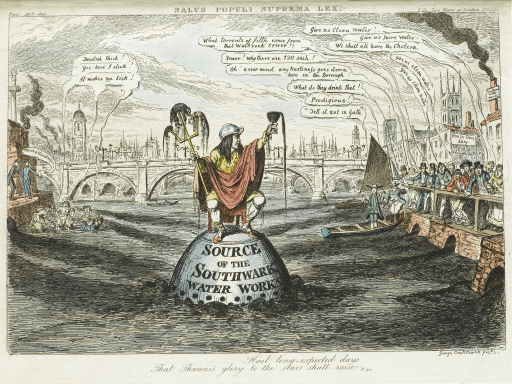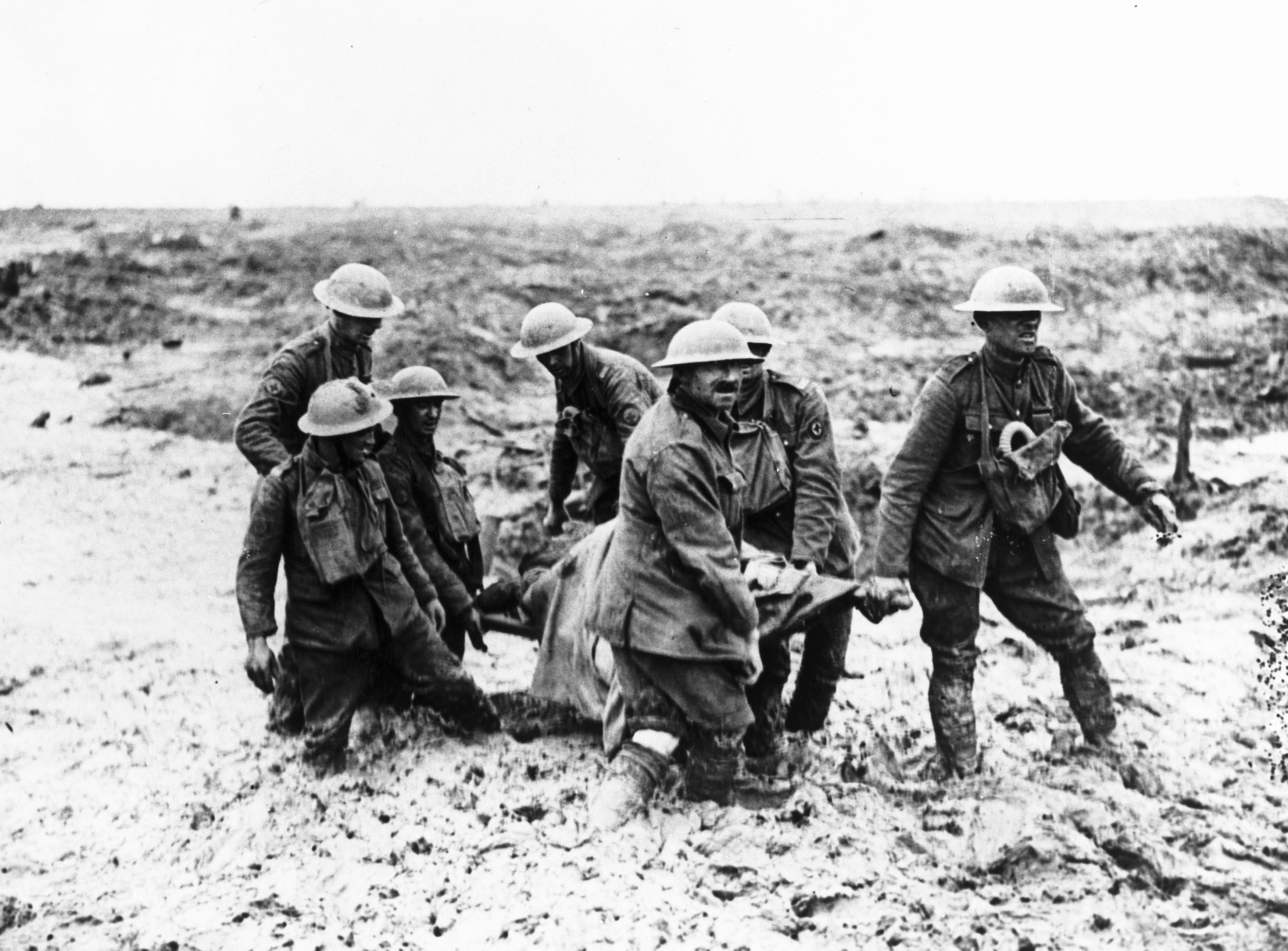
On 28 March 1819, Joseph William Bazalgette was born, known for transforming London’s sewage system and improving the health of Victorian Londoners.
Curator of Community Health, he has worked in the museum for many years on a wide range of medically themed exhibitions and web resources as well as curating a number of medical collections. Main research interests are Limb prostheses, military medicine and urban public health. Recently the lead curator on our First World War centenary exhibition, Wounded: Casualty, Conflict and Care, and now one of the team developing the extensive new Medical Galleries.

On 28 March 1819, Joseph William Bazalgette was born, known for transforming London’s sewage system and improving the health of Victorian Londoners.

Ninety nine years after the end of the First World War, curator Stewart Emmens looks at medical care both near the battlefield and at home.

Curator Stewart Emmens reveals some of the stories from our Wounded exhibition.
Amongst our peerless collection of artificial limbs are a number which have been designed or adapted for very specific functions. For example, the special attachment that allowed a one-armed WW2 bomber pilot to hold the joystick in his plane or the artificial leg terminating in a hollow metal half-sphere that prevented a keen beachcomber from sinking into the sand. The arm pictured above is one of the most intriguing examples we have. Acquired from Queen Mary’s Hospital in Roehampton, it’s […]
Everyone, at some point in their lives, will ‘accidently’ ingest something that, well, they really shouldn’t have. At best, the event might provide an amusing story to tell your friends, at worst the consequences can be serious enough to make the news. Of course, the deliberate ingestion of foreign bodies into the human body can be symptomatic of serious mental health issues. A compulsive urge that can result in real physical harm. Hidden within our medical collections are examples of […]
At around 1.15 pm, on 21st October 1805, a small projectile (shown in the above engraving), fired at a range of about 50ft, passed into Admiral Horatio Nelson’s left shoulder and, ricocheting against bone, tore a path through his upper body before passing into his lower back. The musket ball took with it fragments of the his coat and its epaulette which remained attached after it came to rest. Nelson died a few hours later as the Battle of Trafalgar drew […]
Fifty year ago today, the Royal College of Physicians published a report on the effects of smoking which clearly linked the habit to cancer, bronchitis and other health problems. Although it came several years after the ground-breaking research by Richard Doll and Austin Bradford Hill which first raised the issue, it was this report which really marked a major shift in British attitudes towards smoking. Change was not instantaneous, but in 1965 cigarette advertising had been banned on TV and […]
These days John Hunter (1728-1793), the celebrated surgeon, anatomist and collector, lies safely buried amongst the great and good in Westminster Abbey – not far from the likes of Ben Jonson, David Livingstone and Robert Stephenson. This was not always the case. For over 60 years, his body lay in the vaults of London’s St Martin-in-the-Fields church. Only in 1859, when the vaults were being cleared for public health reasons, were Hunter’s remains reinterred in their current prestigious place. This transfer was […]
Despite many years as a curator, the sheer variety of objects tucked away within our medical collections can still surprise me. Collections that are also so large that, despite a strong presence within the public displays at the Science Museum, only around 5% of our medical objects are on show at any one time. Inevitably, some categories of objects have a higher public profile than others. For example, while the eagle-eyed visitor to the Science Museum’s galleries may spot a snuff box […]
Christmas is upon us and once again we will express our affection for friends and family through the giving and receiving of gifts. What could be more pleasurable? Unfortunately, for every perfect gift there will also be something boring or ill-fitting… or both. And for every sure-fire liquid gift for fun-loving Uncle Joseph, there’s the annual agony of finding something for your Gran. Really, what does she need at her age? But even the most desperately clichéd of standby Christmas gifts can […]
Later this year the Science Museum’s opening a temporary exhibition that will explore the relevance of our collections to family historians. We’re looking for people who could help us to develop it. One part of the exhibition will focus on a number of different trades and professions. A theme that we are already looking at in an ongoing series of articles for Family Tree magazine. Do you have an ancestor story to tell that relates to one of the areas to be […]
Behind every Museum object there can be dozens of stories about the people who made and used it, or are otherwise linked to it. In an upcoming exhibition about the relevance of our collections to family historians we’re going to use one object to illustrate that fact – and we’re hoping that you might be able to help us out. We’re going to take this doctor’s bag and unpack some of the personal histories that are connected to it. It […]